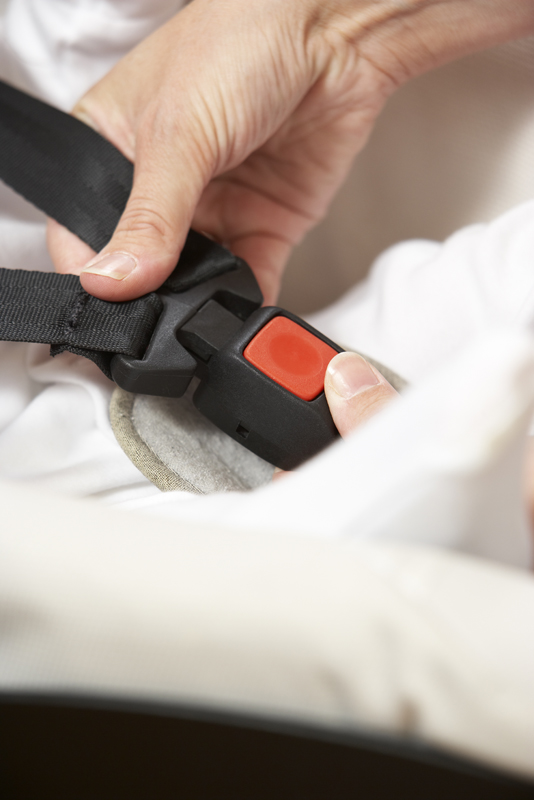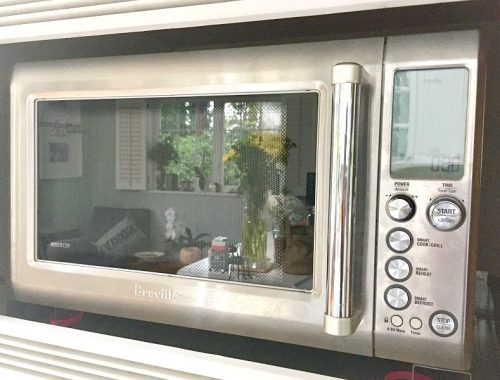 Choosing a car or booster seat for your child can seem difficult. There are many to choose from in the store, but how do you know what type of seat is the right one to keep your child safe?
Choosing a car or booster seat for your child can seem difficult. There are many to choose from in the store, but how do you know what type of seat is the right one to keep your child safe?
By choosing a new car or booster seat, you know for sure that it is safe for use in Canada. The seat must have a Canadian Motor Vehicle Safety Standards (CMVSS) label. The label is a sticker with a circle and a maple leaf.
To get started, ask yourself these simple questions
- How tall is my child?
- How much does my child weigh?
- How old is my child
- Height and weight are important to help you choose the right seat for your child
- Car and booster seats are tested for safety based on heights and weights
- The heights and weights are listed on the seat and on the box
- Always check the height and weight limits first and use age as a guideline
 Stage 1 – Rear Facing Car Seat
Stage 1 – Rear Facing Car Seat
Up to 30 pounds (14 kilograms), up to 37 inches (94 centimetres), and from birth until at least 1 year of age
A newborn is safest in an infant only rear facing car seat
A child in a rear facing car seat always faces the back of the car
A rear facing car seat uses harness straps over the shoulders and legs to hold your child in the seat tightly. The harness straps act as the seat belt for your child.
A rear facing car seat is needed because your child is fragile and needs lots of protection. It is designed so that if you are in a sudden stop or crash, the pressure will be put along your child’s back – the strongest part of his or her body.
The longer you can keep your child in a rear facing car seat, within the height and weight limit of the seat, the safer your child will be.
There are three types of rear facing car seats
- Infant only seat – this is used as a rear facing seat only.
Age: Use from birth until at least age 1. Keep your baby in this seat as long as he or she is not over the height or weight limit. It is common for babies to outgrow an infant only seat before the age of 1 - 2 in 1 seat – this can be used as a rear facing car seat and a forward facing seat
Age: Use from the time your child outgrows the infant only seat. 2 in 1 seats can be used from birth but it is safest to use an infant only seat first until at least 1 year of age. - 3 in 1 seat – this can be used as a rear facing car seat, a forward facing car seat and a booster seat
Age: Use from the time your child outgrows the infant only seat. 3 in 1 seats can be used from birth but it is safest to use an infant only seat first until at least 1 year of age
 Stage 2 – Forward Facing Car Seat
Stage 2 – Forward Facing Car Seat
Up to 48 pounds (22 kilograms), up to 47 inches (119 centimeters), and from at least 1 year until between the ages of 4 and 5 depending on your child’s size
A child in a forward facing car seat faces the front of the car
A forward facing car seat uses harness straps over the shoulders and legs to hold your child in tight. The harness straps act as the seat belt for your child. The best choice is a seat with a 5-point harness. A 5-point harness has straps over the shoulders and over both legs.
A forward facing car seat is designed for children who have had at least 1 year to let their spines, bones and muscles grow strong. When the body is stronger it can take the pressure of a sudden stop or crash with less risk of serious injury.
Use a tether strap with a forward facing car seat to provide the extra protection that is needed for children who are ready to ride forward facing
A tether strap is attached to the car seat and is connected to your car.
Check your owner’s manual to find out where the tether anchor is located. If your vehicle does not a have a tether location, contact the vehicle dealership to have one professionally installed.
Never use a tether strap with a rear facing car seat, unless the manufacturers’ instructions say it is safe. Using a tether strap for a rear facing seat could harm your child.
Stage 3 – Booster Seat
Up to at least 80 pounds (36 kilograms), up to 57 inches (145 centimetres) and from the age of about 4 or 5 years to about the age of 9 years
A booster seat lifts your child up so that they seat belt fits correctly, for safety. Seat belts are made to fit people at least 4 feet, 9 inches tall (145 centimetres).
A child in a booster seat faces the front of the vehicle.
Putting your child in a seat belt before a child is big enough will put him at risk for serious injury or death in a crash.
“Seat belt syndrome” is how doctors describe injuries to the spine and internal organs that can happen when a too-small child is in a seat belt only.
In a booster seat, the seat belt fits across the chest bone and hip bones for safety because these are the strongest parts of the body. In a crash, the bones absorb the impact instead of soft tissues and organs.
A booster seat does not use harness straps. The vehicle’s seat belt is used to hold your child in place in a crash or sudden stop.
Some provinces in Canada have a law requiring booster seats. Check you Ministry of Transportation for details of the law. Even if your province or territory does not yet have a law, children need a booster seat to be safe.
All new booster seats must be used with the lap and shoulder belt in the vehicle.
For more information on car and booster seat safety visit Safe Kids.

